Service hotline
+86 0755-83044319
release time:2023-12-08Author source:Yin HaoBrowse:7845
I am Yin Hao, the sales manager of Shenzhen SLKOR Micro Semicon Co., Ltd. Today, I would like to introduce my hometown - Tuocheng Town, Longchuan County, Heyuan City, Guangdong Province, China.
In 214 BC, after the unification of the six states by Emperor Qin Shi Huang, Tu Sui was appointed as the commander and Zhao Tuo as the deputy commander to lead a force of 500,000 soldiers to conquer Nanyue. They established three prefectures: Nanhai Prefecture, Guilin Prefecture, and Xiang Prefecture. Under the administration of Nanhai Prefecture, Ren Xiao was appointed as the prefect to oversee the politics, and supervision of the prefecture, with four counties under its jurisdiction: Panyu (now Panyu District, Guangzhou), Sihui (now Zhaoqing, Guangdong), Boluo (now Boluo County, Huizhou, Guangdong), and Longchuan (now Longchuan County, Heyuan, Guangdong). The county seat of Longchuan was the present-day Tuocheng. The geographical location of Longchuan were extremely important, so Zhao Tuo was appointed as the magistrate of Longchuan County. Originally named Longchuan City, it was later renamed Xunzhou City. In honor of Zhao Tuo, who served as the magistrate of Longchuan, the city was renamed Tuocheng, a name that has endured to this day.
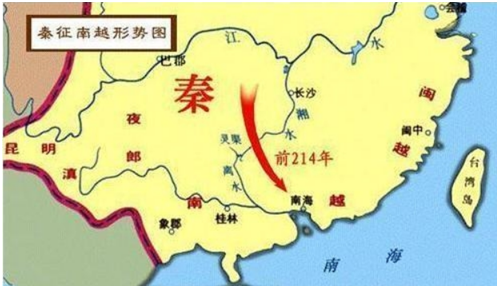
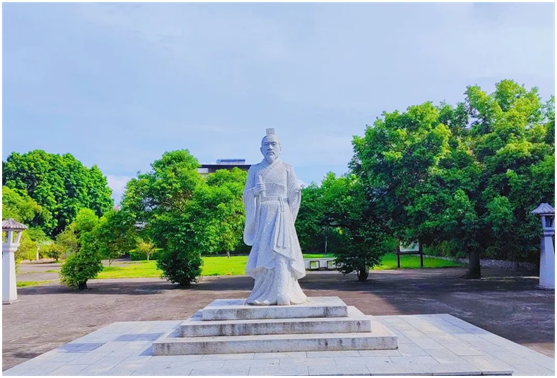
The site of Zhao Tuo's former residence
The Tuocheng Archway, also known as the Pailou, is located at a prominent intersection, serving as a symbol of division between different street areas. The characters "佗城" are written in seal script. The architectural relief of the archway is distinct, with intricate decorations featuring Han Dynasty dragon totems. The pattern on the pillar base depicts the "Prisoner Ox - the Eldest Son of the Dragon," symbolizing the prosperous and magnificent land of Zhao Tuo's rise to power - Tuocheng. It aims to revive the prosperity and charm of the past and enable the people to lead a prosperous and happy life.
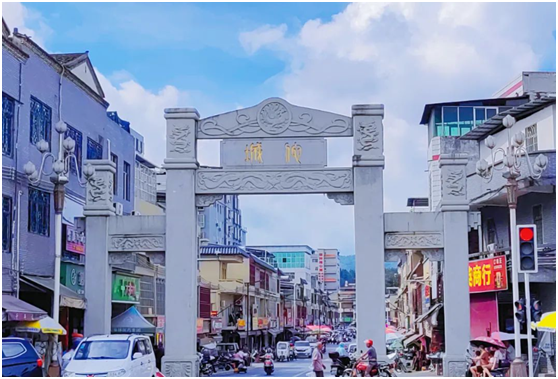
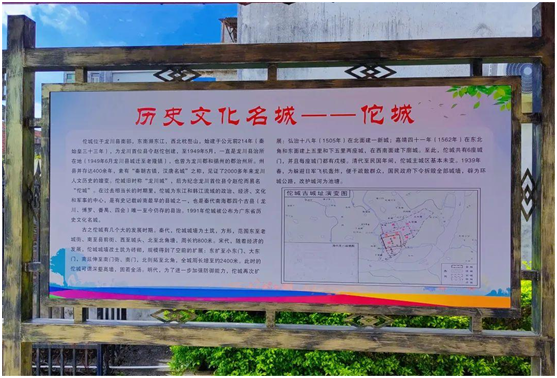
The Academy was rebuilt on the site of the old academy in the east of the city in the seventh year of the Kangxi reign of the Qing Dynasty (1668 AD) by the initiative of the county magistrate Peng Junling. The academy faces north and sits south, covering an area of 7287 square meters when it was built. At that time, there were a screen wall, a long corridor, a red road, a pond, a main gate, and a side gate. Inside, there were the Dacheng Hall, Minglun Hall, Zunjing Pavilion, Wuwang Hall, etc. In 2006, it underwent a major renovation, and now only the Dacheng Hall, Minglun Hall, and Zunjing Pavilion remain. I faintly remember playing hide and seek inside when I was a child. It is now a protected cultural relic site in Guangdong Province.
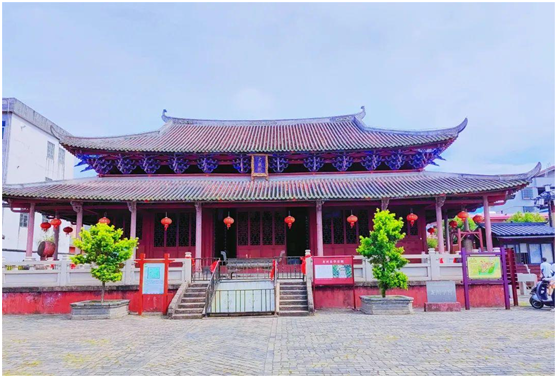
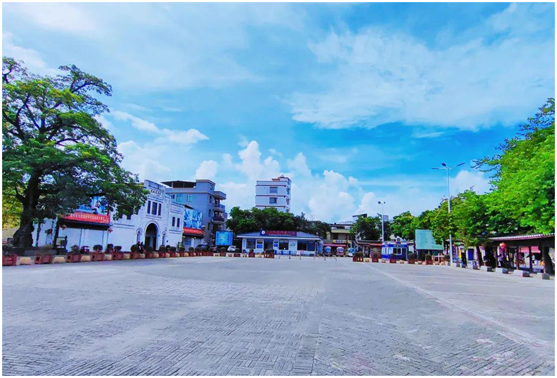
The Academy Square in Tuocheng
The Tuocheng Cinema was built in 1939 and underwent renovations in 1962 and prior to the "Heyuan World Guest Expo" in 2011. It is a three-story building that combines Chinese and Western architectural elements, grand and imposing. The couplets and slogans on the entrance gate are enough to demonstrate that this place was once the political core of an era. The bricks on the exterior walls of the cinema were donated by every household in the 1960s and then collectively used for construction, so the wall surface may not appear very neat. It has retained the basic appearance from the period of the Republic of China.
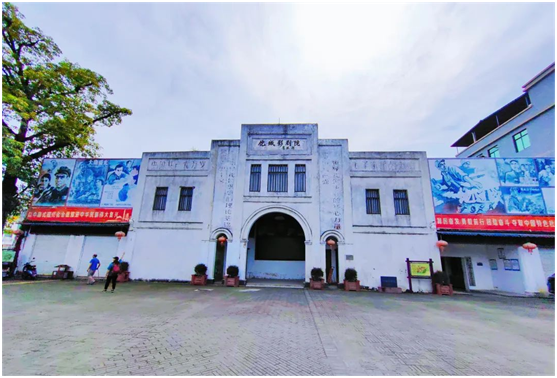
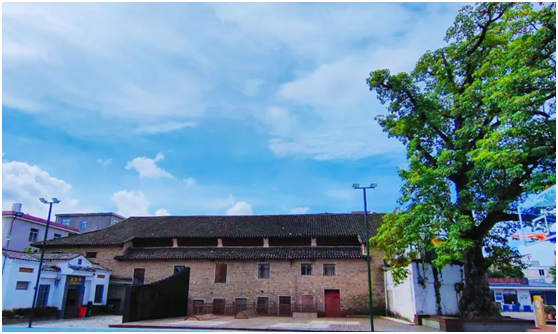
The Tuocheng Cinema
The North Gate City Wall was built on the site of the northern gate of Longchuan City during the Song Dynasty, in the style of the Qin and Han Dynasties. The city wall is over two zhang high (approximately 6 meters), with a width of more than five zhang (approximately 15 meters) and a depth of about three zhang (approximately 9 meters). In the middle of the city gate, there is an arched doorway that is over one zhang high (approximately 3 meters). A wooden drawbridge spans across the moat in front of the gate, serving as one of the main entrances and exits for the ancient residents of Tuocheng.
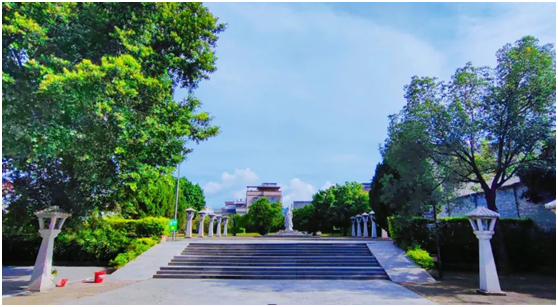
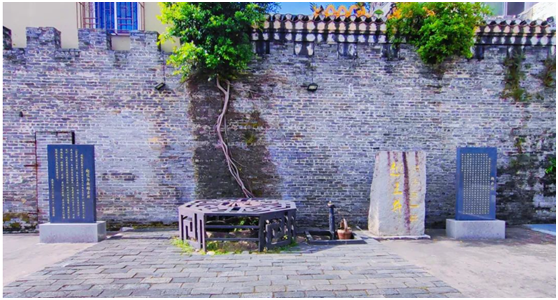
Zhengxiang Pagoda was first built in the third year of the Tang dynasty's Kaiyuan era (715 AD). It sits facing south and has a hexagonal plan, standing at 32.5 meters tall with seven stories in a tower-like structure made of bricks. Both visited Xunzhou. Among them, even at nearly 70 years of age, Wu Qian still spread advanced Central Plains culture and Southern Song Confucianism to scholars in Longchuan, striving to benefit the people. In commemoration of him, the people of Longchuan named the pagoda "Zhengxiang Pagoda". In July 1962, Zhengxiang Pagoda became a key cultural relic under protection in Guangdong Province.

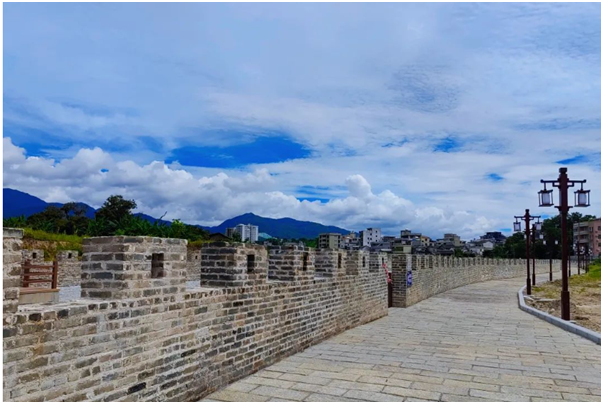
Longchuan Chamber of Commerce covers an area of 115 square meters and was originally built during the Qing Dynasty, with renovations taking place during the Republican period. The ancient shipping wharf, Dongba Island, is just a stone's throw away from Longchuan County Chamber of Commerce. Dongba Island is located on the low-lying open land ahead, which is actually an island in the river. It is said that Zhao Tuo Ancient City was built at the location of three mountain ranges resembling dragon heads, while Dongba Island resembles a dragon pearl. Due to its convenient water transportation with the river surrounding it on all sides, Dongba became a trading port during the Tang and Song dynasties. By the mid-Ming Dynasty, there were already over 200 shops and wealthy households in Dongba, along with a large dock. The commercial economy thrived, making it the economic and trade center of the upper reaches of the Dong River. Longchuan Chamber of Commerce was built with the purpose of "connecting various sources of information and seeking ways to survive together". Until the Republican period, this former site of the chamber was the junction of local water and land transportation. However, due to frequent flooding on Dongba Island, the trading port gradually declined, and merchants gradually moved to Laolong Town, 10 kilometers away, which is now the county seat of Longchuan. Although the present-day chamber is empty, it carries a glorious history of Longchuan.

The ancient Nanmen Ferry Terminal was built during the Ming Dynasty, facing north to south, and its original site still exists. The renovated terminal has a total length of 32 meters and a width of 20 meters, with a 180-square-meter platform for villagers to embark and disembark or load and unload goods. Nanmen Terminal used to be a bustling hub for merchants and traders, but as the tides of history ebbed and flowed, it gradually lost its prosperity and fell silent. Today, with the upgrading and transformation of the ancient city, Nanmen Terminal has transformed from a neglected place with few visitors into a popular and attractive tourist destination.

Today, my hometown has become a national 4A-level scenic spot, and this thousand-year-old ancient city is eagerly awaiting more visitors to discover its beauty.

Let me introduce my company after talking about my hometown:
Shenzhen SLKOR Micro Semicon Co., Ltd. is led by technology experts from Tsinghua University and Yonsei University in Korea. The company is dedicated to the development of new materials, new processes, and new products, and has mastered the international leading third-generation semiconductor silicon carbide power device technology. SLKOR's products include three major series of integrated circuits: diodes, transistors, power devices, and power management chips. From an IP design company, SLKOR has developed into a high-tech enterprise integrating design and development, production and manufacturing, sales and services. The "SLKOR" brand has gained a good reputation in the semiconductor industry. In addition to showcasing SLKOR's products and promoting the "SLKOR" brand, the company's official website also provides a platform for technical exchanges, idea collisions, information exchange, and data queries, gradually becoming one of the most important platforms for collaborative development in the semiconductor industry.
SLKOR's product range is increasingly diverse, with products used in industrial products, such as silicon carbide SiC diodes, silicon carbide SiC MOS tubes, IGBT tubes, fifth-generation ultra-fast recovery power diodes, etc., meeting the high-performance product needs of industries such as new energy vehicles, high-end equipment, communication and power equipment, solar photovoltaic, medical equipment, and more. For consumer products, SLKOR offers high, medium, and low voltage MOS tubes, thyristors, bridge stacks, Schottky diodes, ESD static protection diodes, TVS transient suppression diodes, general diodes and transistors, power management chips, Hall sensors, high-speed optocouplers, and other series.
SLKOR will also launch more digital and analog integrated circuit products to provide customers with more professional and comprehensive services.
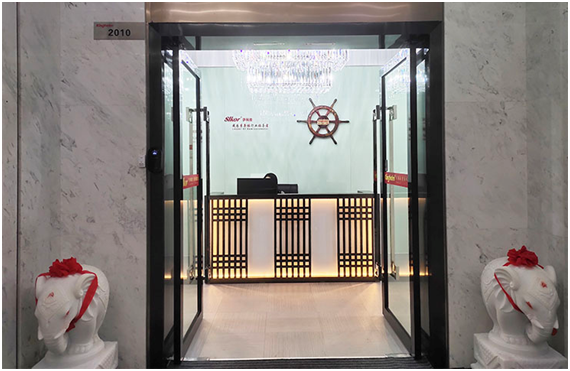
SLKOR adheres to the corporate culture of "Integrity, Advancement, Resilience, and Attention to Detail." In its business operations and management, the company upholds the principles of sincerity, continuous improvement, perseverance, and meticulous attention to detail. SLKOR values corporate ethics, advocates collaborative development and win-win cooperation, and strives to enhance the reputation and visibility of the "SLKOR" brand, creating value for employees, customers, and society.
SLKOR pursues innovation while maintaining stability in technology, pays attention to details in management, and strives for excellence in quality. The company is market-oriented and customer-centric, continuously striving for progress and development. Riding on the wave of "domestic substitution," with a mission to strengthen the country through strong core technologies, SLKOR aspires to become a "leader in domestic semiconductors" and contribute to the greatness of the Chinese nation and the strong revival of China's domestic chips.









Site Map | 萨科微 | 金航标 | Slkor | Kinghelm
RU | FR | DE | IT | ES | PT | JA | KO | AR | TR | TH | MS | VI | MG | FA | ZH-TW | HR | BG | SD| GD | SN | SM | PS | LB | KY | KU | HAW | CO | AM | UZ | TG | SU | ST | ML | KK | NY | ZU | YO | TE | TA | SO| PA| NE | MN | MI | LA | LO | KM | KN
| JW | IG | HMN | HA | EO | CEB | BS | BN | UR | HT | KA | EU | AZ | HY | YI |MK | IS | BE | CY | GA | SW | SV | AF | FA | TR | TH | MT | HU | GL | ET | NL | DA | CS | FI | EL | HI | NO | PL | RO | CA | TL | IW | LV | ID | LT | SR | SQ | SL | UK
Copyright ©2015-2025 Shenzhen Slkor Micro Semicon Co., Ltd